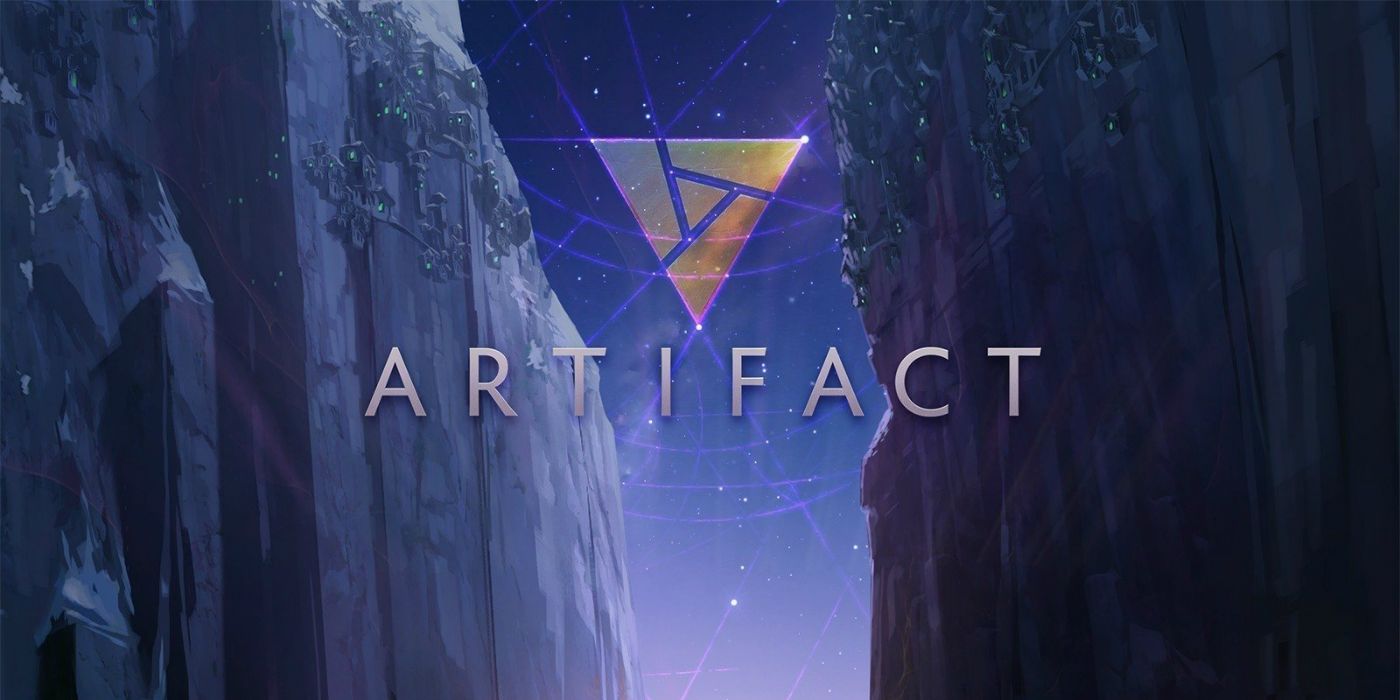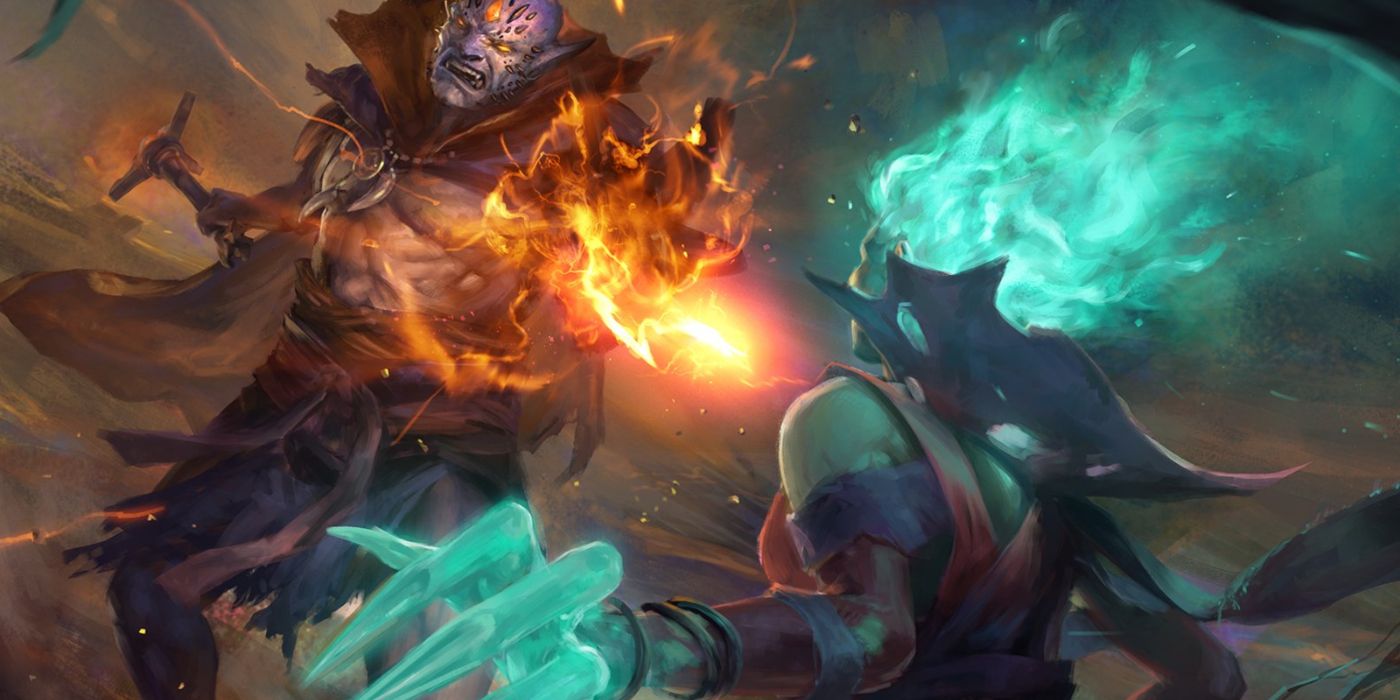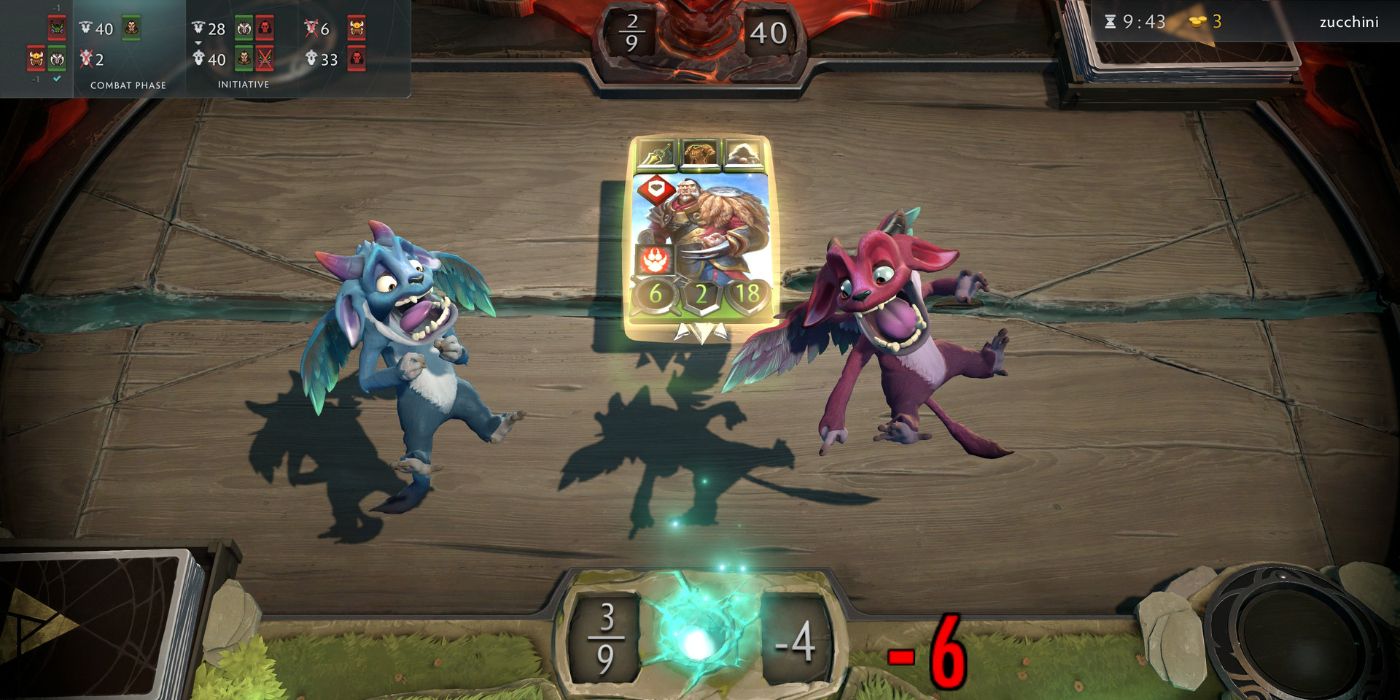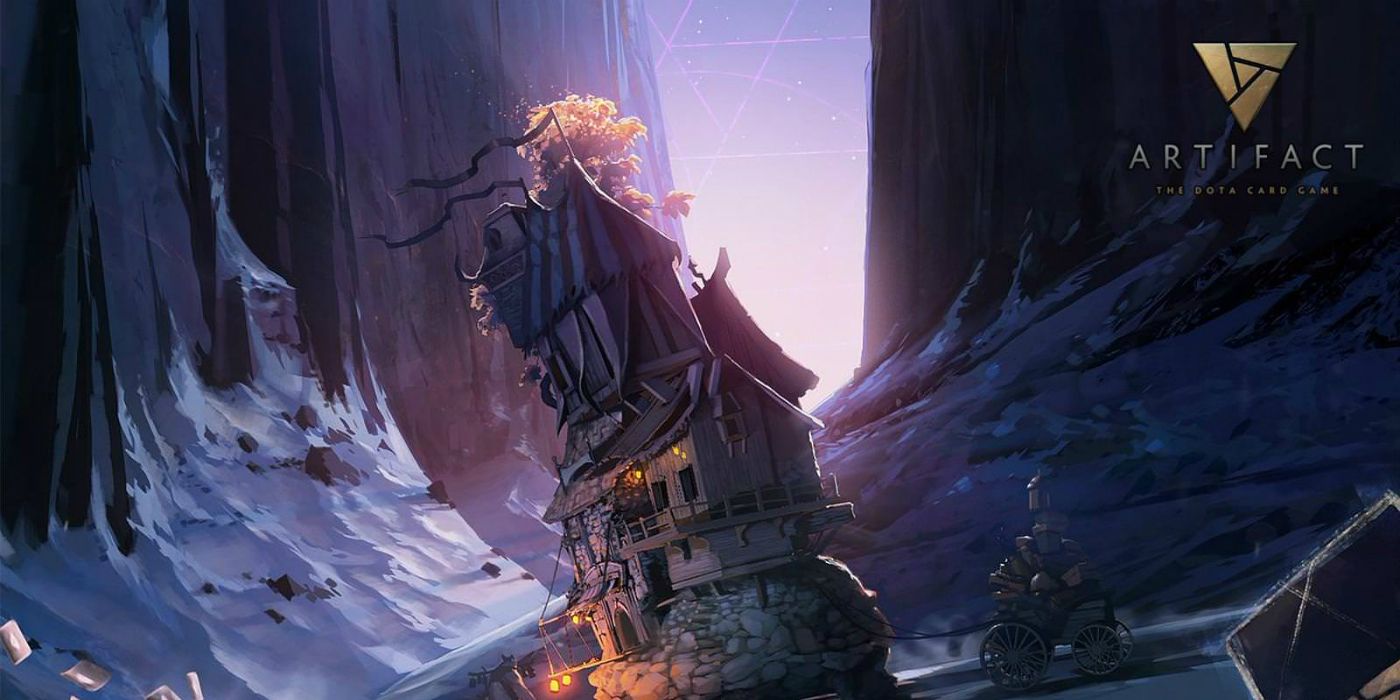Artifact is, without a doubt, one of Valve's greatest and most public failures. The game was supposed to completely change the trading card genre - it was a collaboration between Valve's extensive knowledge of digital distribution and marketing and one of the most brilliant game design minds of its generation in Richard Garfield, the man who invented Magic: The Gathering. What went wrong?
It's difficult to pinpoint just one thing that led to the cataclysmic downfall of Artifact. Things seemed stacked against it from the start after it launched to strong critical success but concerns from reviewers everywhere about the game's relative complexity when measured against competitors like Hearthstone. The game's prospects definitively took a turn for the worst when players began realizing just how expensive it was to keep up with, from top-tier cards costing dozens of real-world dollars to event participation having a price tag too. A combination of those two qualities began driving people away, but it was Valve's response to its community that sealed the deal - the company simply doubled down on all of Artifact's flaws. Now, the game is dead, and its players realize it. With barely over a hundred people playing it concurrently each day over the past week, and radio silence on Artifact's Twitter, it's become painfully obvious that the dream of the next great TCG craze has swiftly turned into a PR nightmare.
A recent deep-dive into Artifact's problems, written by Mike Stubbs at Eurogamer, did an excellent job covering why the game ended up failing. That being said, though, there's something that can be taken away from the mess that is Artifact - what Valve shouldn't do with new games moving forward. It should also serve as a lesson to new developers looking for advice. If nothing else, Artifact can go down in history the same way that other catastrophic failures have - as something to point towards while uttering "please, please, don't ever do this" to those listening.
Valve Made Promises It Couldn't Keep
This one seems obvious in retrospect, but the hype train for Artifact really got out of control. Between essentially paying well-known card players to participate in closed beta and grow the game's buzz through word-of-mouth, Valve created unsustainable expectations for its upcoming TCG. People really believed that Artifact wasn't just going to compete with Hearthstone and Magic: The Gathering - it was going to surpass them as the greatest card game ever made.
Even if the game had performed better initially, these expectations would have been impossible to live up to. The fact is, Artifact actually is a great game, but that's doing it no favors now as it sinks lower and lower to the bottom of the concurrent play charts on Steam. Next time, Valve needs to promise achievable goals - nevermind the $1 million Artifact tournament that never happened.
Listen to Artifact Testers & Players
One of the most shocking things in the Eurogamer report is the fact that Valve was so stubborn about the feedback it was getting. The company had players who had been testing it and consulting on it for months and completely ignored their concerns over the game's reliance on RNG at crucial points and accessibility issues.
We've seen this before from Valve. The company loves doing things its own way, as evidenced by the fact we won't see Half-Life 3 before the heat death of the universe. With Steam flagging behind Epic Games Store and Valve's reputation slowly dwindling down into EA territory, now might be a good time to start listening to fans. Well, fans, and the people who tried to save their game before its launch.
Valve's Greed Got the Best of It
Artifact realistically could still be a success even now if Valve did one thing - completely shake up its monetization model. The game was very clearly greedy from the outset, something people were willing to tolerate at launch because it was so hyped and because it had the promise of a million dollar tournament behind it. Once the hype faded and the tournament became a figment of everyone's collective imagination, players left in droves, largely because sinking so much money into a game they'd already had to purchase wasn't appealing. Magic Arena, which is based on an actual paper TCG and would thus have a better claim to using the model Artifact tried to employ as digital-only, didn't even attempt it, choosing to go mostly free-to-play. The result? Magic Arena has been played over 1 billion times, while it would probably take the hundred people still interested in Artifact generations of constantly-playing successors to reach that total.
If Artifact adopted a similar model to Hearthstone and Magic Arena, maybe it could be salvaged. If it had done it from the start, though, there's a strong chance an article about learning from its failures would never have been written. It's plain to see that Artifact made too many crucial mistakes in its development, and Valve exacerbated these by handling its marketing far too sloppily. Hopefully, both Valve and other development teams can all learn from this before it gets repeated for another promising game - until then, make sure to pour one out for those handful of people still clinging to Artifact as though it might actually do something. It's going to be a long, fruitless wait for them.
Source: Eurogamer




